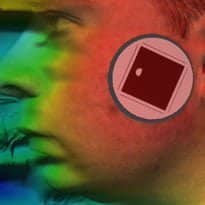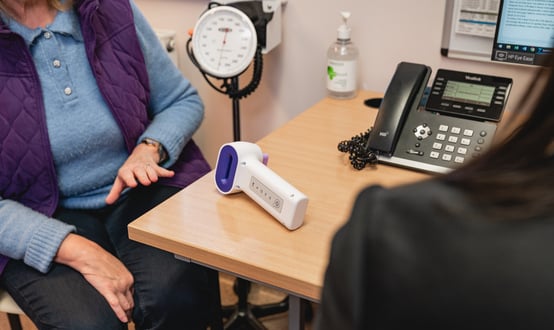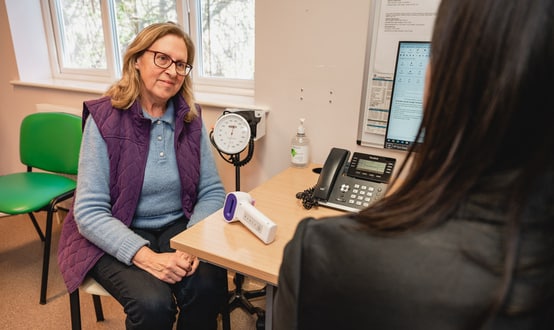Oxford develops 3D wound imaging
- 27 November 2012

Scientists at the University of Oxford have developed a 3D technology tool to treat wounds more efficiently and reduce the risk of amputation.
Created by medical imaging company Eykona the 3D device, which measures and characterises the wound, is being used to treat wounded soldiers in Afghanistan, as well as mapping impacts on body armour to improve research and development.
James Paterson, Eykona’s chief technical officer and one of the inventors behind the system, told eHealth Insider that the tool makes it easier to create and evaluate treatment plans for wound care.
“The clinician can aim the camera at the wound and take measurements before advising on therapies and treatment.
“Then a few weeks later, the clinician can take a new image and new measurements to see if the treatment has worked or not, and then take appropriate action,” he said.
The system comes in three parts: software, a disposable marker and an imaging device put into the actual camera.
Using four high powered flash units, the handheld camera produces the 3D image measuring size, depth and skin tone precision accuracy and detail at the sub-millimetre level.
The aim is to standardise the way in which wounds are treated.
“The tool is now being used in about 5% of hospitals in the country. Eventually we would like it to be 100%,” said Paterson.
He told eHealth Insider that most clinical users have used it in clinical research programmes as a data information audit system. “In the long term we want it to be high quality informatics tool.”
Paterson explained that because wounds in diabetics heal so slowly, it’s difficult for clinicians to tell whether the treatment is working. Because they heal from the base up, the most reliable measure of progress is a reduction in wound volume.
“One of the risks of inaccurate measurement and treatment of diabetic wounds is amputation, with 50% of people who have a major amputations dying within two years,” said Paterson.
The Eykona tool could replace what Paterson describes as “archaic measures”, and include naked eye assessment, tracing paper and pencil and dipstick depth measurement.




